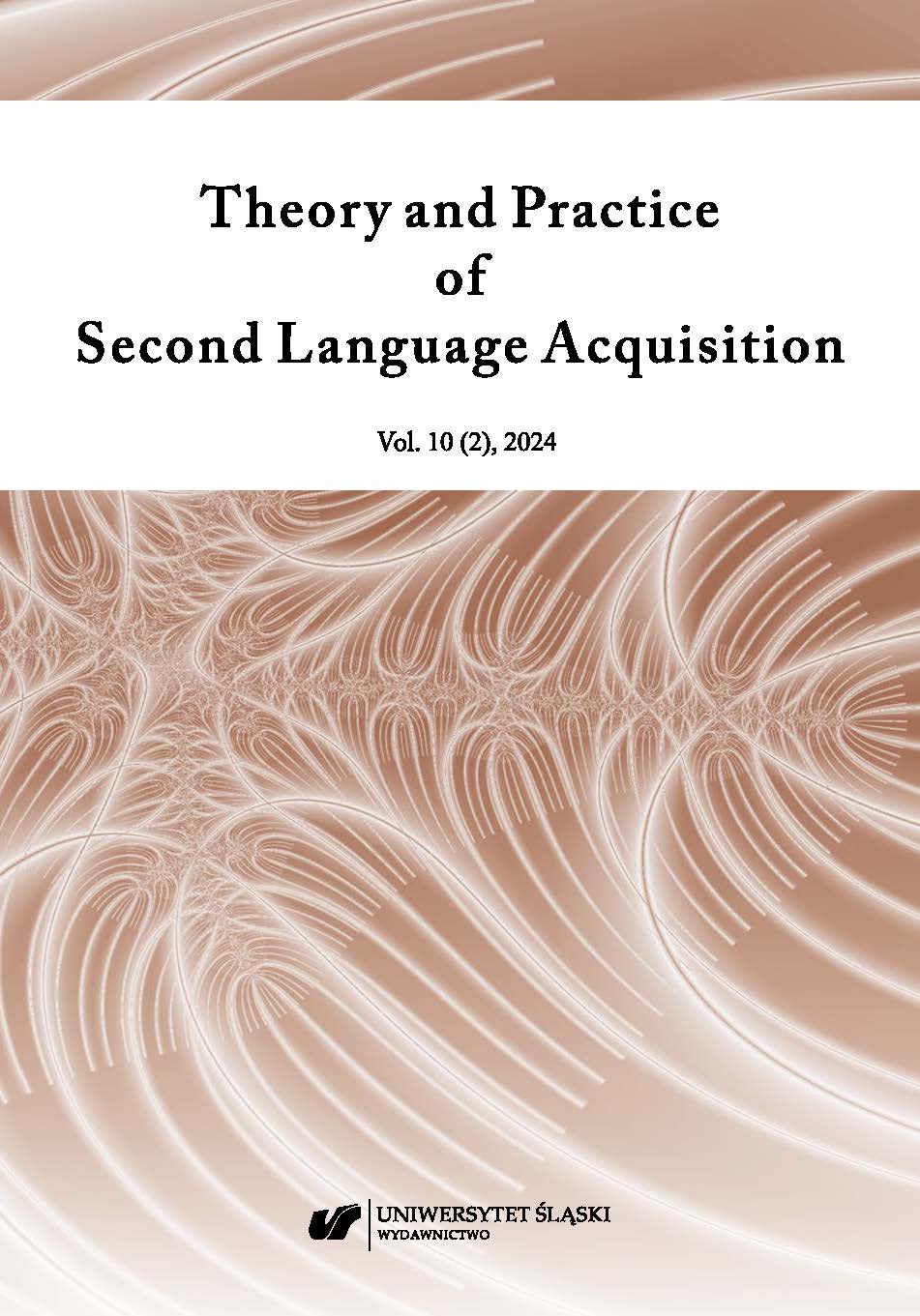Acquisition of L2 English Negative Quantifiers without Equivalent Lexical Items in an L1
Acquisition of L2 English Negative Quantifiers without Equivalent Lexical Items in an L1
Author(s): Masaaki Kamiya, Zhaosen GuoSubject(s): Foreign languages learning, Theoretical Linguistics, Applied Linguistics, Logic, Language acquisition, Cognitive Psychology
Published by: Wydawnictwo Uniwersytetu Śląskiego
Keywords: second language acquisition; full transfer; full access; Japanese; English; quantifiers
Summary/Abstract: This article investigates how second language learners interpret a scope bearing item in the target language. According to Sprouse (2006), L2 learners’ task is to relabel their native language’s lexical items in line with the features of the target language. An interesting lexical item is the English negative quantifier, for which there is no equivalent in Japanese. It was discovered that the default interpretation of the English negative quantifier by Japanese-speaking learners of English was a narrow scope reading (i.e., Quantifier Raising (QR) does not occur). We follow Beghelli and Stowell’s (1997) elaborated functional structures for quantifier feature checking at Spec-Head agreement. Because Japanese is considered to be a “no agreement” language (Kuroda, 1992; Fukui & Sakai, 2003), QR is failed since the English negative quantifier cannot satisfy “agreement” for the feature-checking. Hence, even if the equivalent lexical item does not exist in Japanese, a grammatical constraint such as “no agreement” is transferred to the initial state of the second language (Full Transfer in Schwartz and Sprouse, 1996).
Journal: Theory and Practice of Second Language Acquisition
- Issue Year: 2/2024
- Issue No: 10
- Page Range: 1-39
- Page Count: 39
- Language: English

